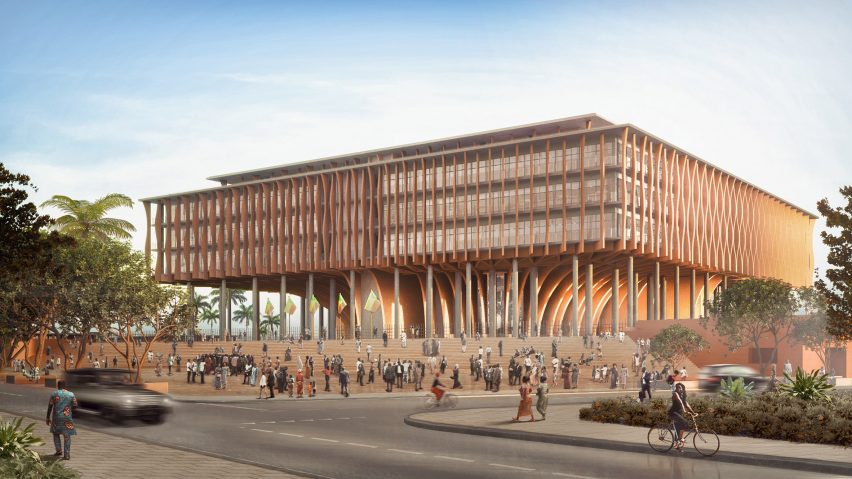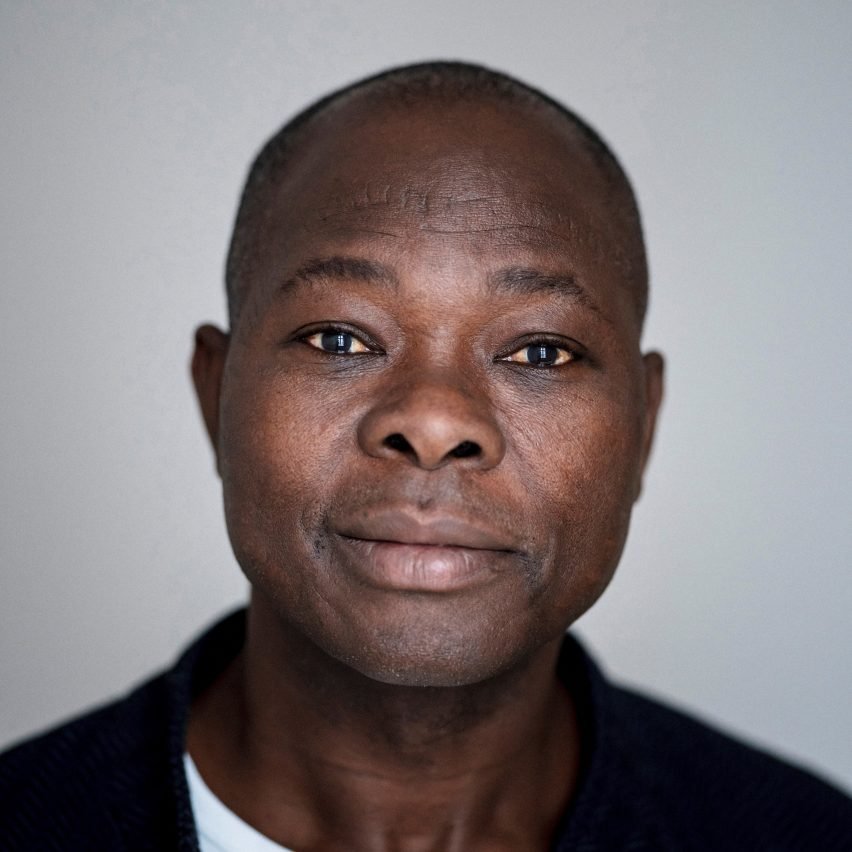Burkina Faso architect Diébédo Francis Kéré has been named the winner of this year’s Pritzker Architecture Prize.
Born in Gando, Burkina Faso, he is the first African and the first Black architect to win the prestigious prize, which has been awarded annually since 1979.
Kéré was recognised for his body of work that “empowers and transforms communities through the process of architecture”.
“He has served as a singular beacon in architecture,” said the Pritzker jury.
“He has shown us how architecture today can reflect and serve needs, including the aesthetic needs, of peoples throughout the world.”
Based in Munich, Germany, Kéré has completed numerous schools and health centres across Africa in the Republic of Benin, Togo, Kenya, Mozambique, Mali, Sudan and his native Burkina Faso.

One of his earliest projects was Gando Primary School in his home village, which he began designing while at university in Germany. In a video interview with Dezeen, he said the school was “not a traditional African building”.
As with many of Kéré’s projects, including the Lycée Schorge Secondary School in Burkina Faso, it incorporates local materials and was designed in response to the local climate.

“He knows, from within, that architecture is not about the object but the objective; not the product but the process,” said the jury.
“Francis Kéré’s entire body of work shows us the power of materiality rooted in place. His buildings, for and with communities, are directly of those communities – in their making, their materials, their programs and their unique characters.”

Along with work on community buildings, Kéré has also designed the parliament building for his home country of Burkina Faso and a new parliament for neighbouring Benin.
Kéré’s pyramid-shaped National Assembly of Burkina Faso is set to replace the former Burkina Faso parliament building, which was set ablaze during the country’s revolution in 2014. In Benin, he modelled the National Assembly building on an African palaver tree
The jury commended Kéré for developing an architectural aesthetic based on responding to local climatic conditions.
“He developed an ad hoc, highly performative and expressive architectural vocabulary: double roofs, thermal mass, wind towers, indirect lighting, cross ventilation and shade chambers have not only become his core strategies but have actually acquired the status of built dignity,” said the jury.
“Since completing the school in his native village, Kéré has pursued the ethos and the method of working with local craft and skills to elevate not only the civic life of small villages but soon also of national deliberations in legislative buildings.”
Alongside numerous permanent buildings, Kéré has created many pavilions including the 2017 Serpentine Pavilion in London, which was informed by a tree and had a central waterfall.
He also used dead trees to build a pavilion at the Tippet Rise Art Center in Montana and created a series of colourful towers for the music festival Coachella in 2019.
The Pritzker Architecture Prize is considered architecture’s most significant lifetime achievement award.
Last year, it was awarded to social housing architects Anne Lacaton and Jean-Philippe Vassal, founders of French studio Lacaton & Vassal. In 2020 the prize was won by Yvonne Farrell and Shelley McNamara, co-founders of Grafton Architects.
Previous winners of the prestigious award include Alejandro Aravena, Frei Otto, Rem Koolhaas, Norman Foster and Toyo Ito.





